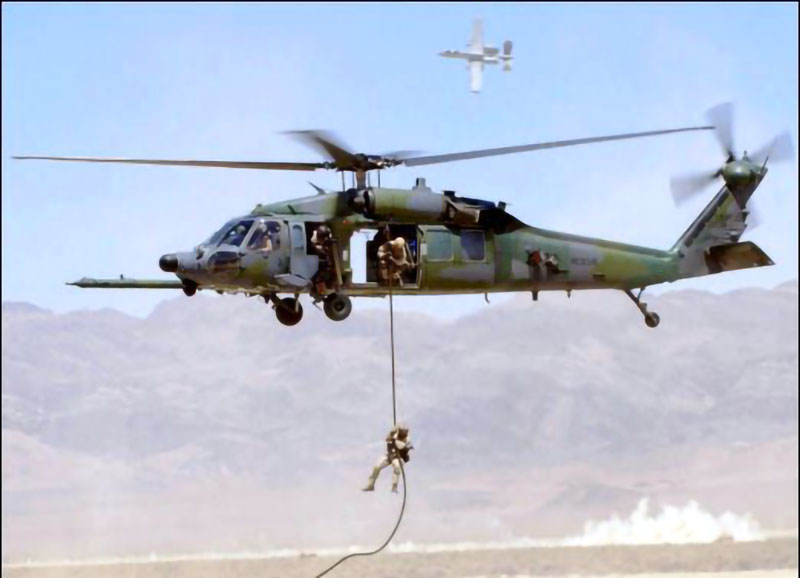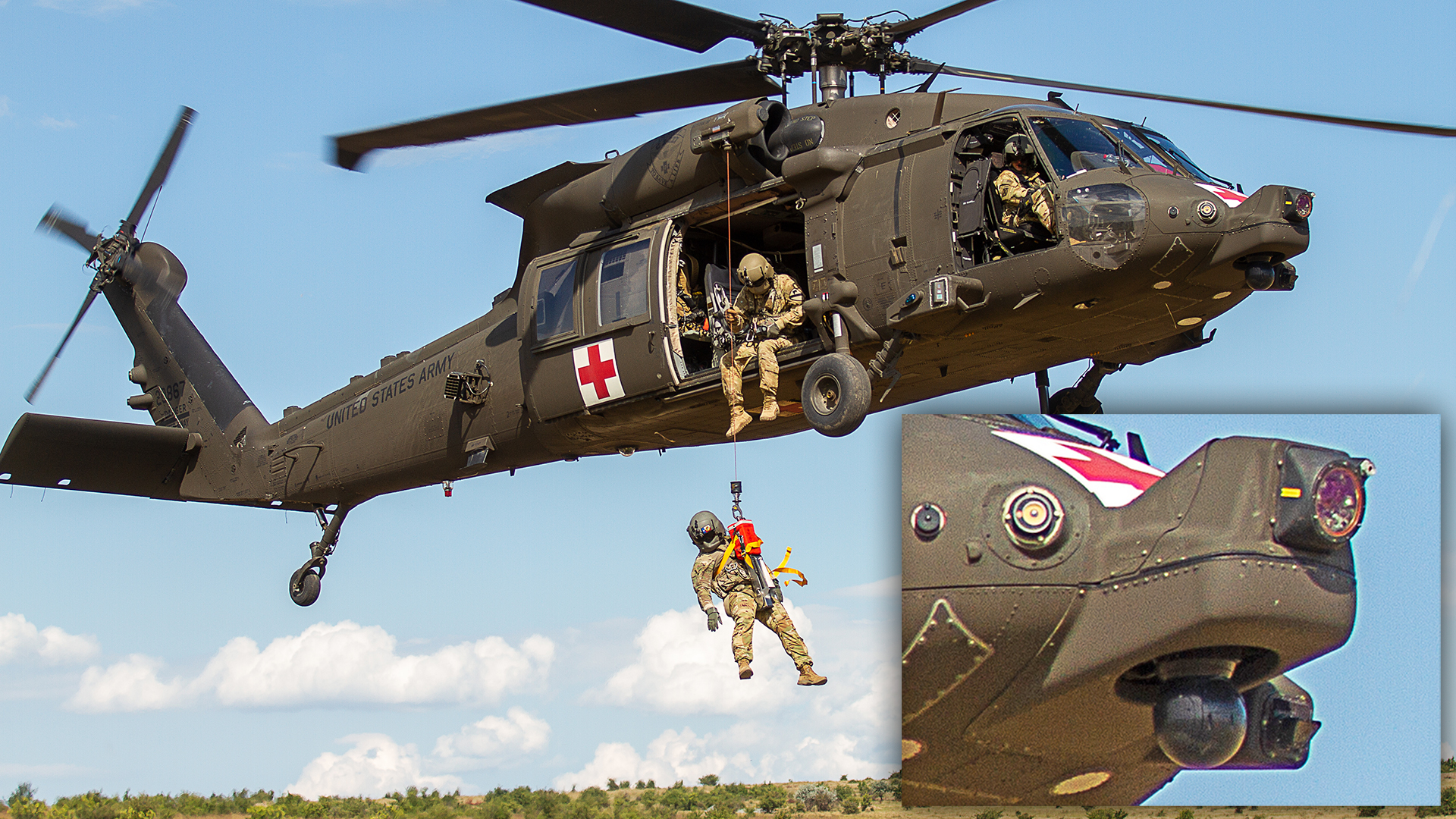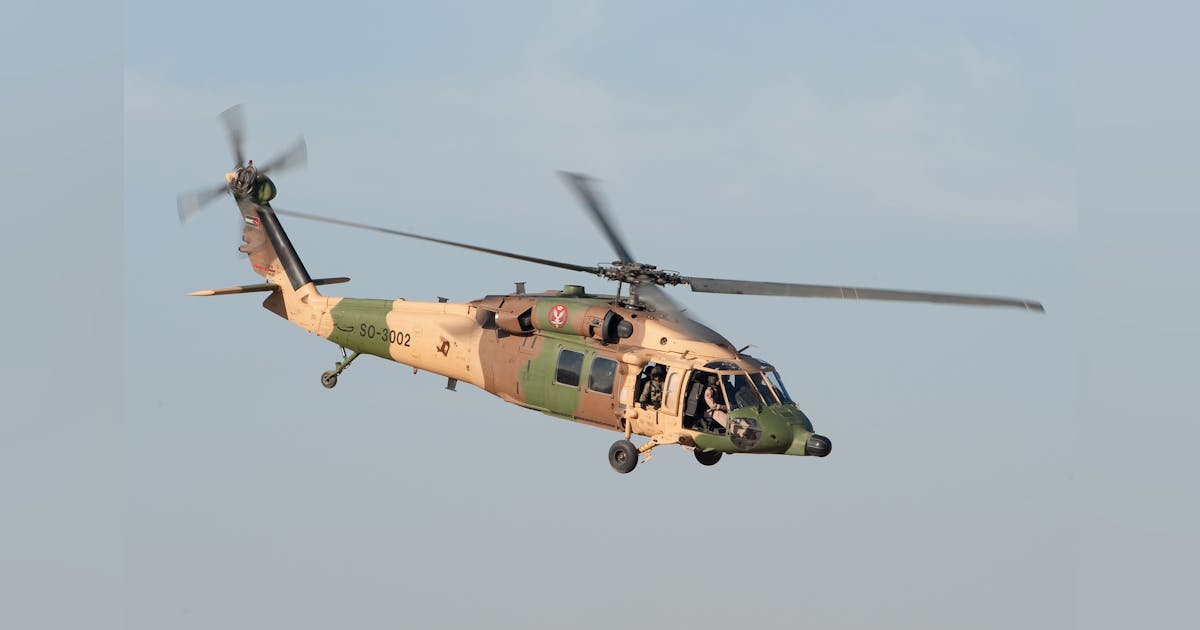UH 60: A Comprehensive Guide to Its Features and Military Applications
UH 60: A Comprehensive Guide to Its Features and Military Applications
Blog Article
Everything You Need to Understand About the UH 60 Helicopter
The UH-60 helicopter, a foundation of United state Military air travel since its debut in 1979, represents an amazing mix of engineering and operational flexibility. As armed forces needs progress, so also does the helicopter, with ongoing developments intended at boosting its capacities and integrating modern-day innovations.
Background of the UH-60
Established in the late 1970s, the UH-60 Black Hawk helicopter became a response to the U.S. Army's demand for a flexible energy helicopter that can execute a range of missions under tough conditions. The incentive for its style was the imperfections identified in the earlier helicopters used throughout the Vietnam War, especially in terms of ability to move, speed, and survivability.
The Black Hawk was developed by Sikorsky Aircraft, integrating innovative innovations and materials to improve its performance and resilience. It was officially introduced into solution in 1979, promptly becoming an important possession for military operations - uh 60. Its ability to carry troops, medical emptying, and logistical support in both combat and humanitarian goals made the Black Hawk an indispensable element of the U.S. Military's air travel fleet
Throughout the years, the UH-60 has been continuously updated, adapting to the altering nature of war and the advancing requirements of contemporary military procedures. Its operational background consists of involvement in significant problems, peacekeeping missions, and calamity relief efforts, strengthening its track record as a dependable and effective helicopter in numerous settings worldwide.

Style and Specs
The layout of the UH-60 Black Hawk helicopter constantly mirrors a commitment to operational performance and convenience. Established by Sikorsky Aircraft, this medium-lift energy helicopter features a smooth, aerodynamic fuselage that improves speed and maneuverability. Its tandem rotor system, characterized by 2 counter-rotating blades, minimizes resonance and boosts lift capability, enabling much safer procedures in varied settings.
The UH-60 is powered by two T700-GE-701C turboshaft engines, giving a maximum speed of around 180 knots and a variety of around 400 maritime miles. Its robust airframe is built from sophisticated composite products, making sure resilience while preserving a fairly reduced weight. The helicopter has an optimum gross weight of concerning 22,000 extra pounds, sustaining a flexible payload configuration.

Roles and Missions
A functional platform, the UH-60 Black Hawk helicopter serves a wide variety of roles and objectives within military procedures. Created mainly for army transportation, it is capable of lugging as much as 11 soldiers, making it a vital property for rapid deployment and logistical assistance.
Along with troop transport, the UH-60 masters clinical evacuation (MEDEVAC) objectives, outfitted with innovative clinical tools to offer critical treatment during transit. Its capability to run in varied environments improves its efficiency in battle search and rescue (CSAR) operations, where speedy removal of personnel is important.
The helicopter likewise plays a substantial role in reconnaissance and surveillance objectives, using onboard see this sensors and equipment to debrief. Its adaptability expands to logistical assistance, qualified of delivering supplies and devices to forward operating bases.
In combat operations, the UH-60 can be outfitted with various weapon systems, allowing it to supply close air support. Its multi-role ability makes the Black Hawk an indispensable device for modern-day army pressures, adapting flawlessly to the advancing needs of battleground situations and guaranteeing goal success throughout a variety of operational contexts.
Efficiency and Capabilities
Known for its durable efficiency, the UH-60 Black Hawk helicopter flaunts excellent capacities that boost its operational performance throughout different objectives. uh 60. This multi-role airplane is furnished with powerful twin-engine Turbomeca Arriel 1D1 engines, giving remarkable speed and maneuverability, with an optimum cruise ship speed click for info of around 150 knots and an operational series of around 400 nautical miles
The Black Hawk's sophisticated avionics and fly-by-wire control systems significantly boost flight security and handling, enabling it to operate in diverse settings, consisting of unfavorable climate condition. Its adaptability is more exemplified by its capability to bring as much as 11 totally equipped troops or a payload of around 8,000 extra pounds, making it ideal for troop transportation, medical evacuation, and logistical support objectives.
Furthermore, the UH-60 is designed for survivability, featuring strengthened airframes, ballistic protection for crew and passengers, and advanced countermeasure systems to escape hazards. The helicopter's dexterity and rate, combined with its capacity for fast deployment, make it a vital possession in modern-day military operations, making sure that it continues to be a crucial element of tactical air support and combat zone wheelchair.
Future Dope

One considerable focus is the assimilation of advanced avionics systems, which will improve situational recognition with boosted navigating and communication capabilities. This includes the potential use artificial intelligence to aid pilots in decision-making and mission preparation.
In addition, future variations might incorporate sophisticated products and layout attributes to strengthen the helicopter's durability and lower its radar trademark, boosting survivability in contested environments.
The intro of hybrid-electric propulsion systems is likewise imminent, aiming to boost fuel efficiency and lower logistical concerns. Such innovations could expand operational variety and reduce the helicopter's environmental impact.

Conclusion
The UH-60 helicopter stands for a considerable development in military aeronautics considering that its intro in 1979. The UH-60's enduring visibility highlights its essential role in modern-day military operations and highlights the recurring evolution of armed forces aeronautics technology.
The UH-60 helicopter, a cornerstone of United state Army air travel given that its debut in 1979, stands for an amazing blend of design and operational convenience. As armed forces needs evolve, so as well does the helicopter, with continuous improvements aimed at boosting its capabilities and incorporating contemporary technologies.The style of the UH-60 Black Hawk helicopter continually mirrors a dedication to operational performance and versatility. Established by Sikorsky Airplane, this medium-lift energy helicopter includes a streamlined, wind resistant fuselage that improves speed and ability to move.The UH-60 helicopter stands for a significant improvement in army aeronautics since its introduction in 1979.
Report this page